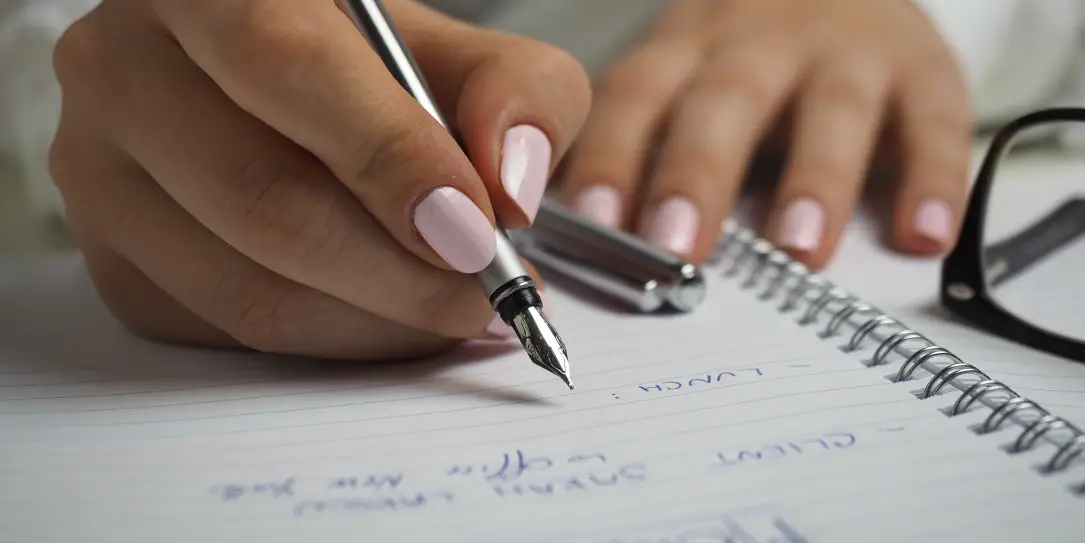Handwriting is a very personal expression. Nearly everybody will have their own quirks when it comes to the way they write. For me, it’s a good thing most of my communication is via computer, because my handwriting is awful. Researchers at University College London have developed a program that is able to read and replicate a human’s handwriting.
The application needs surprisingly little in order to work. Mostly just a sample of the writing that it’s meant to replicate, and the text that should be written in the replicated style. There’s quite a lot more going on under the hood than that, but at its barest, that’s all it needs.
In order to copy your style, your handwriting is broken down into a series of glyphs. The software will read and recognize patterns of each author to see an overall general picture of their handwriting. That will include writing style, spacing, and even whether or not you connect all of your letters to one another in a pure cursive style. Even if you only connect the occasional letter, patterns will emerge and be recognized.
Researchers added a few famous handwriting examples, including Abraham Lincoln, Sir Arthur Conan Doyle, and others. However new samples can be added with only a few samples, and relatively little human involvement during the reading and learning process. The process can even read and replicate handwriting on nearly any source using nearly any medium. Handwriting recognition up until now was mostly dependent on text entry via a tablet, or other touchscreen device. If you’ve ever tried to write anything on a tablet, you’ll know that it’s a much different experience than pen or pencil on paper.
The researchers see this program as a method to help recognize forgery because current processes are very manual. Dr Gabriel Brostow, senior author on the study suggested:
Forgery and forensic handwriting analysis are still almost entirely manual processes – but by taking the novel approach of viewing handwriting as texture-synthesis, we can use our software to characterise handwriting to quantify the odds that something was forged.
One other cool application that popped out is the way they suggest translating comics, while keeping the text in the author’s handwriting style. That would be a cool way for fans to see a foreign comic in their own language.
The results are really pretty impressive too. Researchers were able to fool people roughly 40% of the time with their computer generated handwriting.
You can see more about how the process works in the video below:
[button link=”http://www.futuretimeline.net/blog/2016/08/15.htm#.V7duV_krK72″ icon=”fa-external-link” side=”left” target=”blank” color=”285b5e” textcolor=”ffffff”]Source: Future Timeline[/button]









